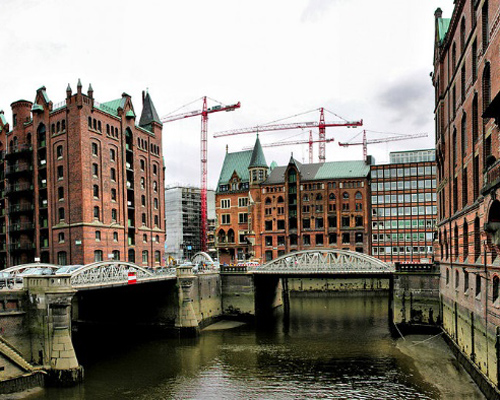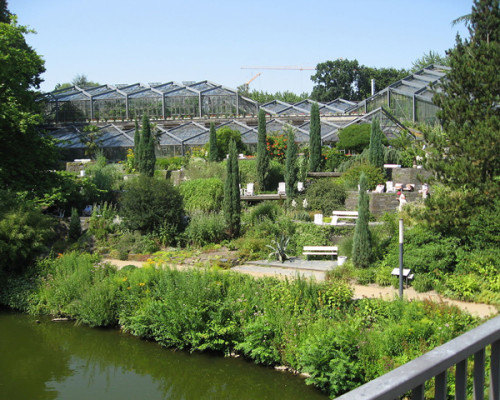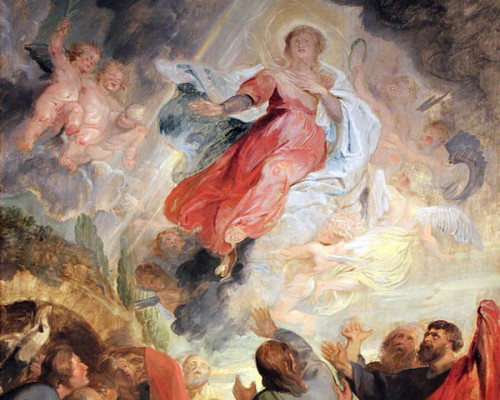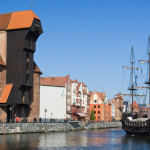
03 Jan Hamburg
The Free Hanseatic City of Hamburg is a maritime center and the second-largest city in Germany as well as one of its federal states. It is situated on the River Elbe at its confluence with the Alster and Bille. Hamburg has about 1,7 million residents.
The first permanent settlements on the site were constructed in 808 by order Emperor Charlemagne. Emperor Frederick Barbarossa granted Hamburg the status of an Imperial Free City in 1189. The city did prosper as a notable member of the Hanseatic League and has been an important sea trade hub for centuries.
What to do and see in Hamburg
Speicherstadt
The historical warehouse district Speicherstadt lies within the port of Hamburg, close to the HafenCity quarter. The area has several museums, like the Miniatur Wunderland and the Hamburg Dungeon, with its depiction of medieval Hamburg. Speicherstadt became a UNESCO World Heritage Site in 2015.
Planten un Blomen
This park contains 47 hectares of green majesty and it is one of the most well-known landmarks of Hamburg. The area features constant theatre performances and concerts. The park also has botanical garden and a large playground in the south.
Kunsthalle
The Kunsthalle (located at Glockengießerwall) contains paintings and sculptures from various times through out history, like the Baroque Era and the time of Impressionism. The Baroque Building houses the older works of the exhibition, while the modern art is placed in the courtyard and the other buildings in the area of the museum.
Recreation
- A variety of boat tours on the Inner Alster lake offer great chances to get acquainted with the city. Tours last appr. 50 minutes. See more info here.
- The Hamburg Fisch Markt is held every sunday in Altona. The market offers live music as well as a variety of goods, like fruits, flowers, clothes, fresh fish and souvenirs.
Shopping
- The main shopping district is composed of the area of Mönckebergstraße and its side street Spitalerstraße in the city centre.
- To the west of the town hall, towards Gaensemarkt, there are several classy chain shops selling top-quality clothing.
Photos: CC licence / Huhu Uet, Simisa, G. Sawatzky, Chat W
| Hampuri, Saksa | 8°C overcast clouds | |
Wind
4 m/s, WSW
Humidity
78%
Pressure
748.56 mmHg | ||
Top 5 in Hamburg
- Renting a bike and explore around
- Kunsthalle
- Speicherstadt
- Piquenique in Planten un Blomen
- Shopping at Mönckebergstraße
How to get to Hamburg
- The international Hamburg-Fuhlsbüttel Airport serves the city. It lies 8.5 kilometres north of the city center, in Fuhlsbüttel district. Here is a list of its airlines and destinations. HVV operates the the S1 metro line between the airport, the Central Railway Station (Hauptbahnhof) and the city center.
- The Lübeck Airport is situated 54 kilometres north-east of Hamburg, close to Lübeck. The discount airlines Ryanair and Wizz Air operate to/from here. Buses connecting to the flights go from Hamburg’s central bus station (“ZOB”, adjacent to the main train station).
- Hamburg has five major train stations: Hauptbahnhof (central station), Altona, Dammtor, Harburg, and Bergedorf. Deutsche Bahn (DB) operates train connections from the most important German cities to Hamburg. See the journey planner and timetables here.
- Route A24 leads to Hamburg from Berlin, A1 from Lübeck, Cologne and Bremen.
How to get around in Hamburg
- Hamburg has an efficient public transportation system, operated by the Hamburger Verkehrsverbund (HVV). The buses depart and arrive at Rathausmarkt, near the town hall, and operate all through the night. The S-Bahn and U-Bahn (metro) train services (underground and above ground) run from approximately 5AM until 1AM in the central city, but there are usually no services after 11PM in outlying districts. See the timetables and ticket prices here.
- Hamburg is a good city for biking and it has a bike rental service called StadtRad with several kiosks around the city.









